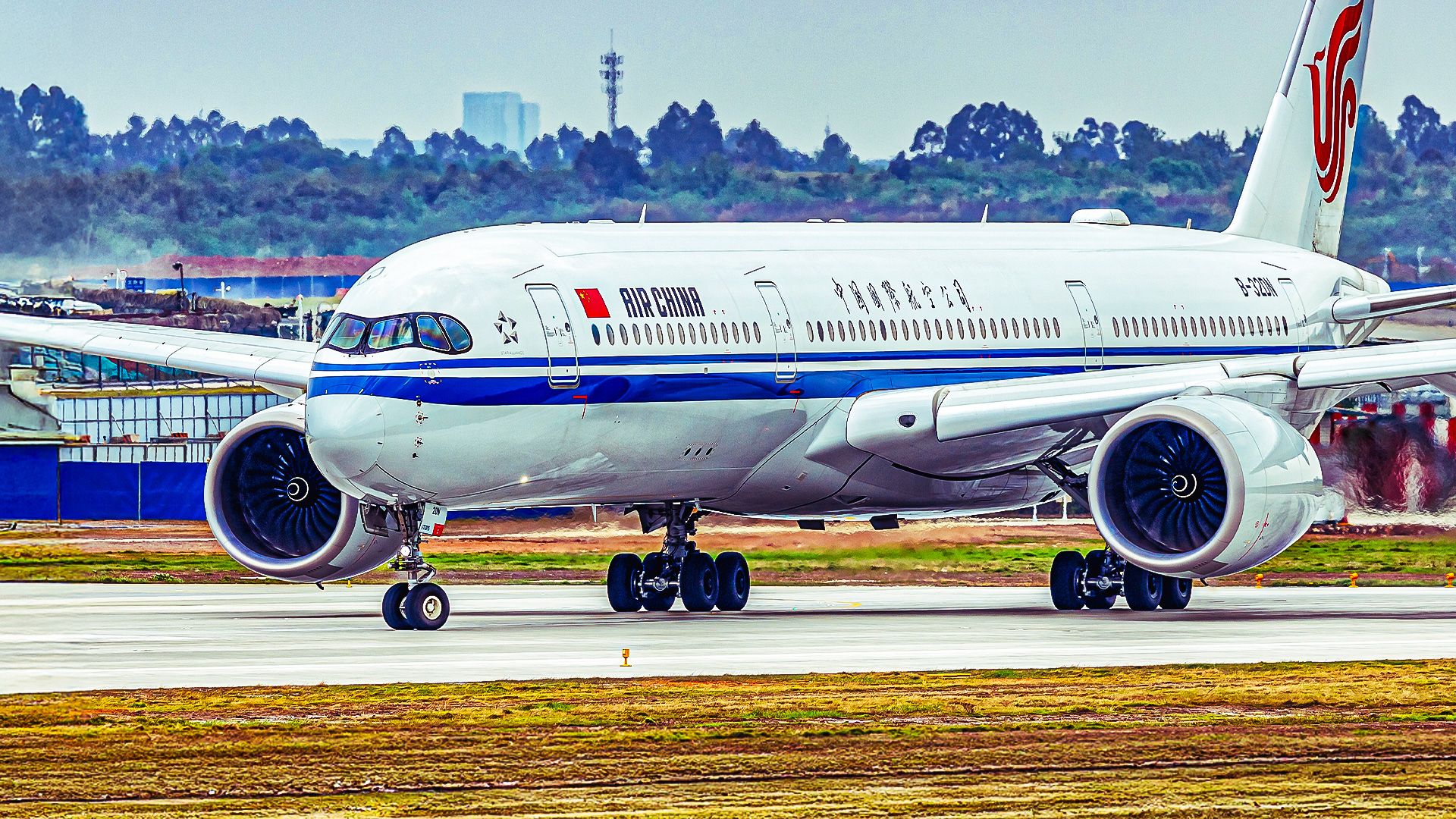World
US Proposal Targeting Chinese Airlines Could Reshape Aviation Landscape

The United States Department of Transportation (DOT) is considering a proposal that would restrict major Chinese airlines from using Russian airspace for flights between the United States and China. This potential regulatory change, driven by competitive concerns, could significantly impact operations for both US and Chinese carriers.
Since Russia closed its airspace to airlines from Western-friendly nations due to the ongoing conflict in Ukraine, the aviation industry has faced substantial operational challenges. US and European airlines have had to reroute flights to avoid Russian airspace, resulting in longer and more expensive journeys. In contrast, Chinese airlines have continued to benefit from the ability to overfly Russia, allowing them to operate shorter and more cost-effective routes. This disparity has raised concerns among US carriers regarding competitive fairness.
The proposal, reported by Reuters, has met resistance from Chinese airlines. In recent filings to the DOT, China Eastern Airlines argued that the ban would add two to three hours to critical routes, increasing operational costs and the risk of missed connections. Air China and China Southern Airlines echoed these sentiments, warning that the proposed regulations could disrupt travel plans for thousands of passengers during the peak holiday season.
In addition to targeting Chinese airlines, United Airlines has urged the administration to apply similar restrictions to Hong Kong-based Cathay Pacific, which also benefits from the ability to overfly Russian airspace. United has stated that the current regulatory framework hampers its efforts to resume nonstop services from cities like Newark, Washington, D.C., and Chicago to China.
The airspace dispute has its roots in Russia’s 2022 decision to prohibit US and many foreign airlines from operating in its airspace, a response to sanctions imposed by the White House and European leaders. While US carriers have faced significant operational hurdles, Chinese airlines have expanded their market share, taking advantage of their continued access to Russian routes.
Donald Trump’s administration has emphasized the need for a level playing field in the aviation sector. As the DOT reviews this proposal, it aims to address the competitive imbalance that has emerged since the airspace closures. Trade groups representing US airlines have voiced support for the proposed restrictions, advocating for regulatory measures that would align capacity with demand.
On the US side, the market for air travel between the United States and China is primarily dominated by United Airlines, Delta Air Lines, and American Airlines. These airlines are in the process of rebuilding their routes under political and operational constraints. United currently operates nonstop services from San Francisco International Airport to Beijing and Shanghai, while Delta has also resumed flights to Shanghai from Los Angeles.
The ongoing airspace restrictions have imposed significant challenges for US carriers. The longer routes force these airlines to incur higher operational costs, putting them at a disadvantage compared to their Chinese counterparts. Since March 2024, regulators have allowed Chinese carriers to increase their capacity to as many as 50 weekly flights, while US airlines have called for limits on further capacity increases until competitive conditions improve.
On the Chinese side, the “big three” carriers—Air China, China Eastern, and China Southern—have regained market share due in part to their ability to overfly Russia. This operational flexibility enables them to save both time and fuel, further enhancing their competitive position against US airlines.
Interestingly, Cathay Pacific occupies a unique position in this landscape. While it is not a mainland Chinese carrier, it has maintained its ability to operate flights over Russian airspace. This advantage allows Cathay Pacific to offer competitive services on certain routes, although its role in the overall market remains complex, given that US airlines seldom operate nonstop flights to Hong Kong.
If the DOT’s proposed restrictions are enacted, they would likely extend flight times for Chinese carriers by two to three hours, raising fuel costs and the risk of missed connections. Additionally, this could lead to a reduction in near-term capacity as airlines adjust their schedules. While some passengers may face mandatory rebookings and longer itineraries, US carriers would benefit from improved competitive parity, narrowing the operational cost gaps that have favored Chinese airlines since 2022.
The broader implications of this proposal extend beyond immediate operational adjustments. Should it also encompass Cathay Pacific, flights between the United States and Hong Kong would be affected, potentially reshaping one of the region’s most efficient connecting hubs.
In conclusion, the proposed regulation represents a significant shift in the dynamics of US-China air travel. The ongoing closure of Russian airspace has created enduring challenges for Western carriers, reminiscent of historical restrictions seen during the Soviet Union era. As the aviation landscape evolves, the outcome of this regulatory proposal could ultimately influence the competitive balance between US and Chinese airlines, with far-reaching consequences for international travel.
The reopening of Russian airspace remains uncertain and is likely contingent upon a resolution to the conflict in Ukraine. Until then, the aviation industry will navigate these complexities while seeking to adapt to an ever-changing geopolitical landscape.
-

 World3 months ago
World3 months agoScientists Unearth Ancient Antarctic Ice to Unlock Climate Secrets
-

 Entertainment3 months ago
Entertainment3 months agoTrump and McCormick to Announce $70 Billion Energy Investments
-

 Lifestyle3 months ago
Lifestyle3 months agoTransLink Launches Food Truck Program to Boost Revenue in Vancouver
-

 Science3 months ago
Science3 months agoFour Astronauts Return to Earth After International Space Station Mission
-

 Technology2 months ago
Technology2 months agoApple Notes Enhances Functionality with Markdown Support in macOS 26
-

 Top Stories1 week ago
Top Stories1 week agoUrgent Update: Fatal Crash on Highway 99 Claims Life of Pitt Meadows Man
-

 Sports3 months ago
Sports3 months agoSearch Underway for Missing Hunter Amid Hokkaido Bear Emergency
-

 Politics2 months ago
Politics2 months agoUkrainian Tennis Star Elina Svitolina Faces Death Threats Online
-

 Technology3 months ago
Technology3 months agoFrosthaven Launches Early Access on July 31, 2025
-

 Politics3 months ago
Politics3 months agoCarney Engages First Nations Leaders at Development Law Summit
-

 Entertainment3 months ago
Entertainment3 months agoCalgary Theatre Troupe Revives Magic at Winnipeg Fringe Festival
-

 Politics1 week ago
Politics1 week agoShutdown Reflects Democratic Struggles Amid Economic Concerns




















